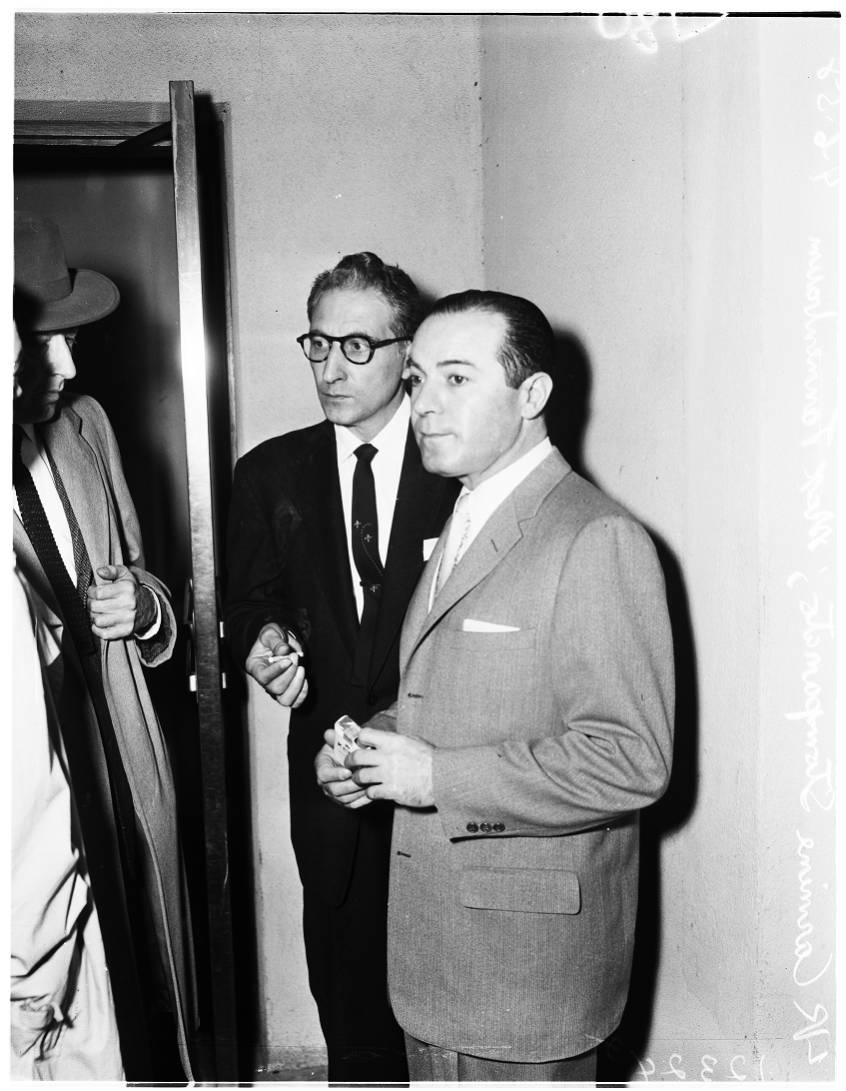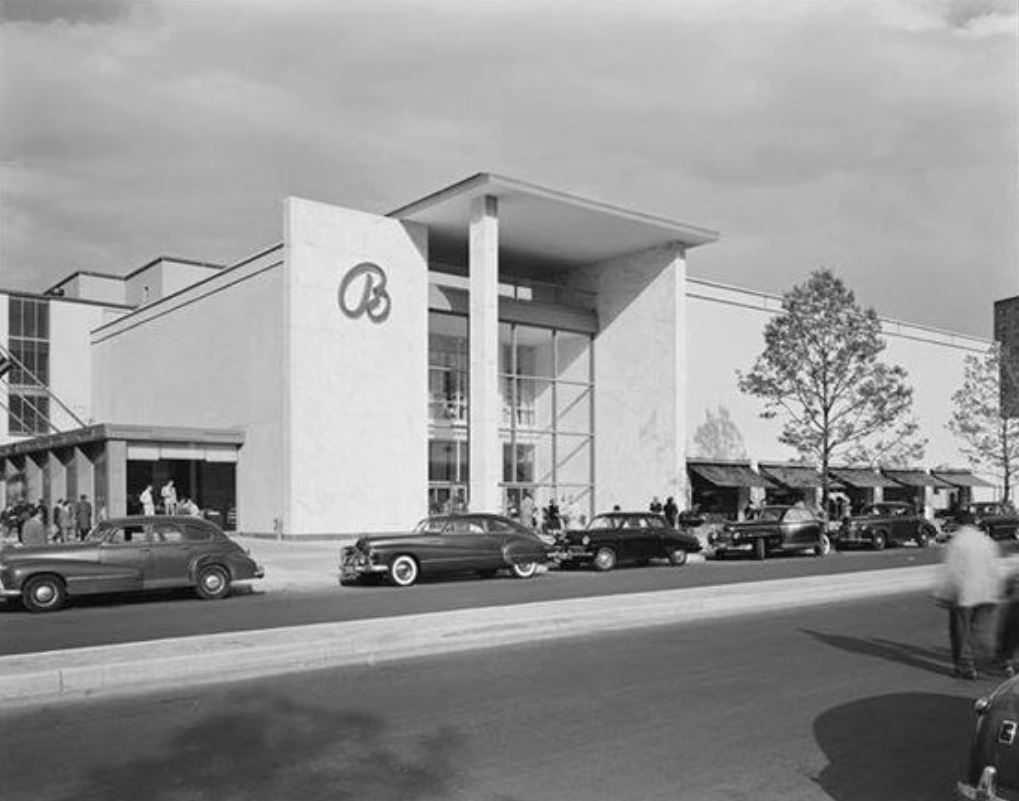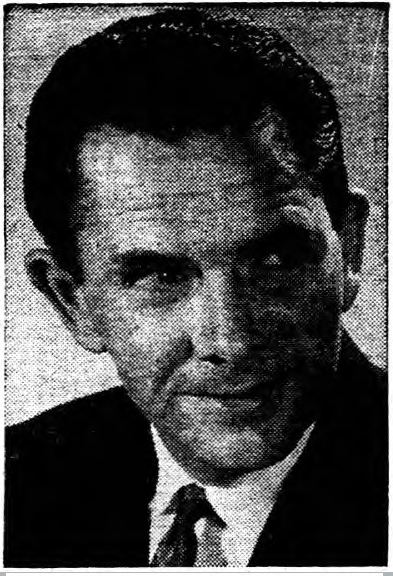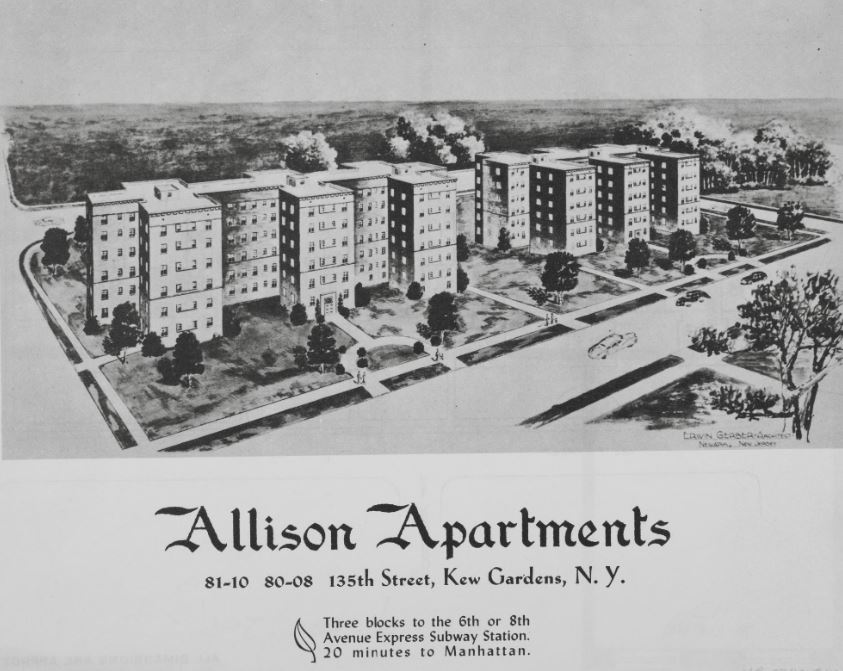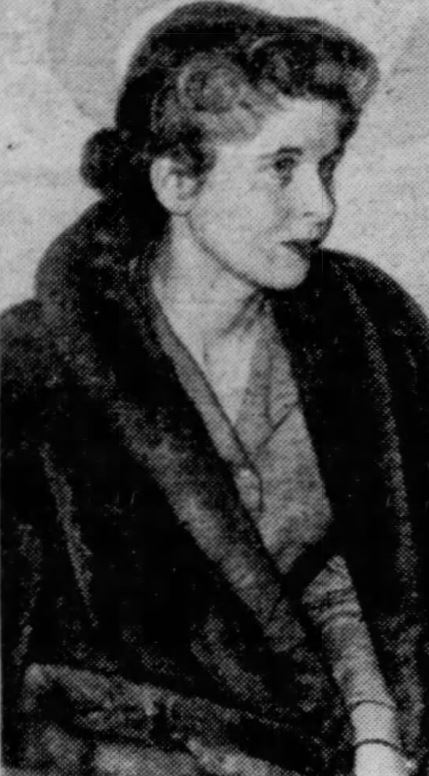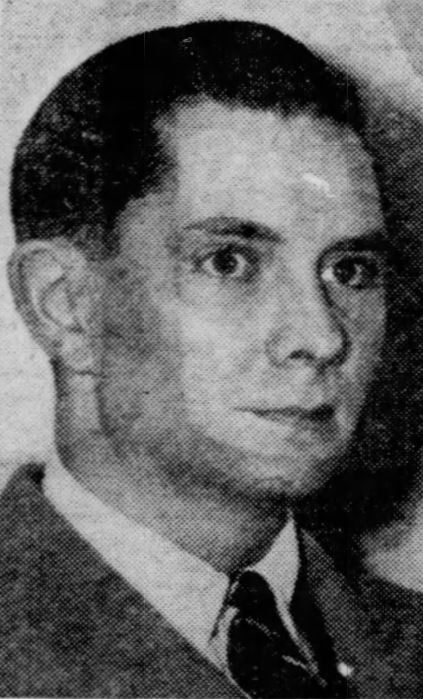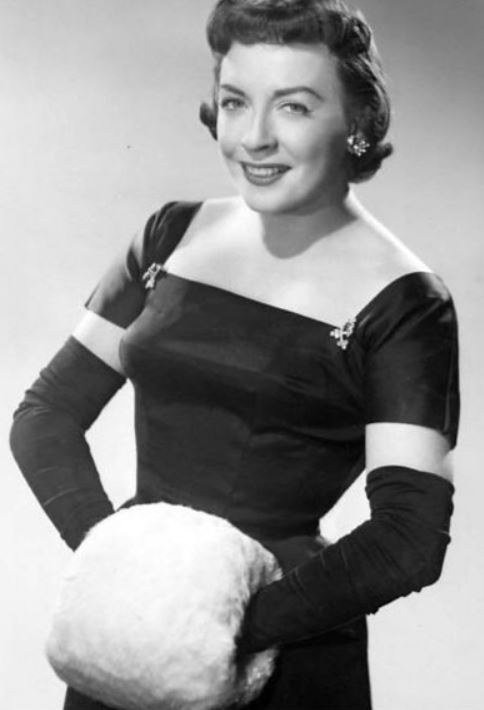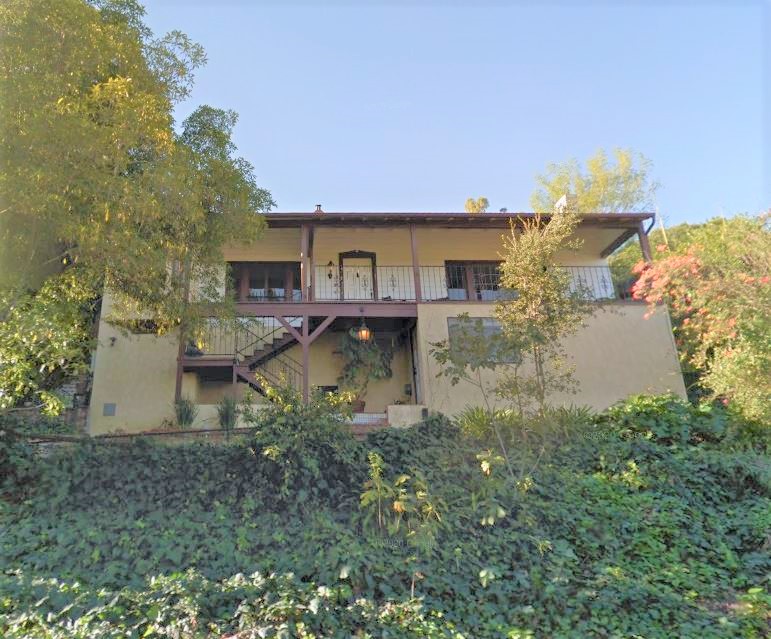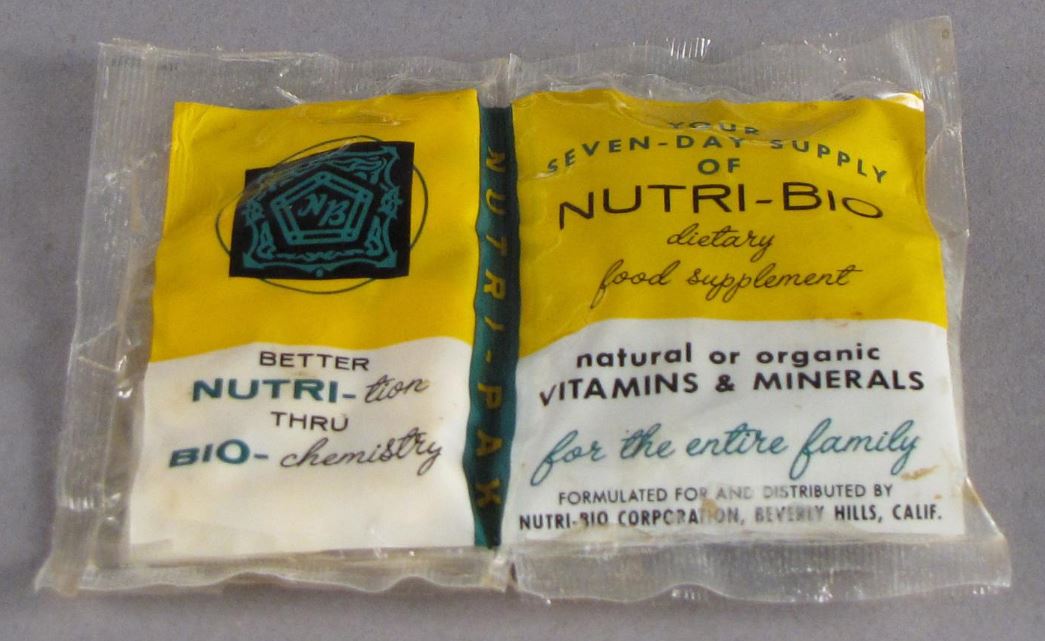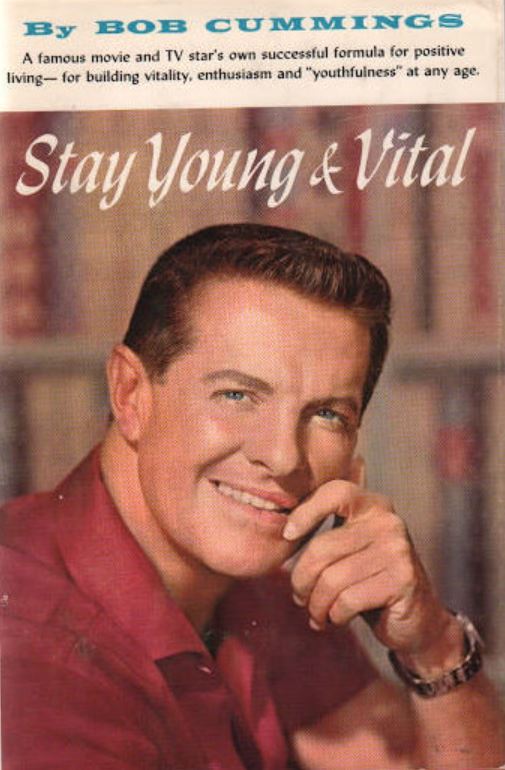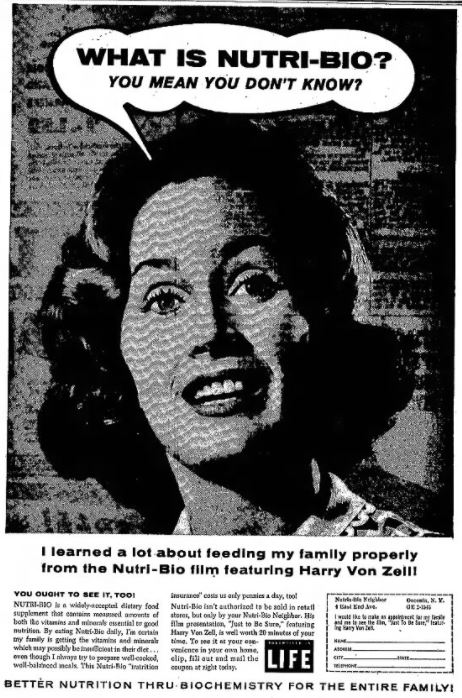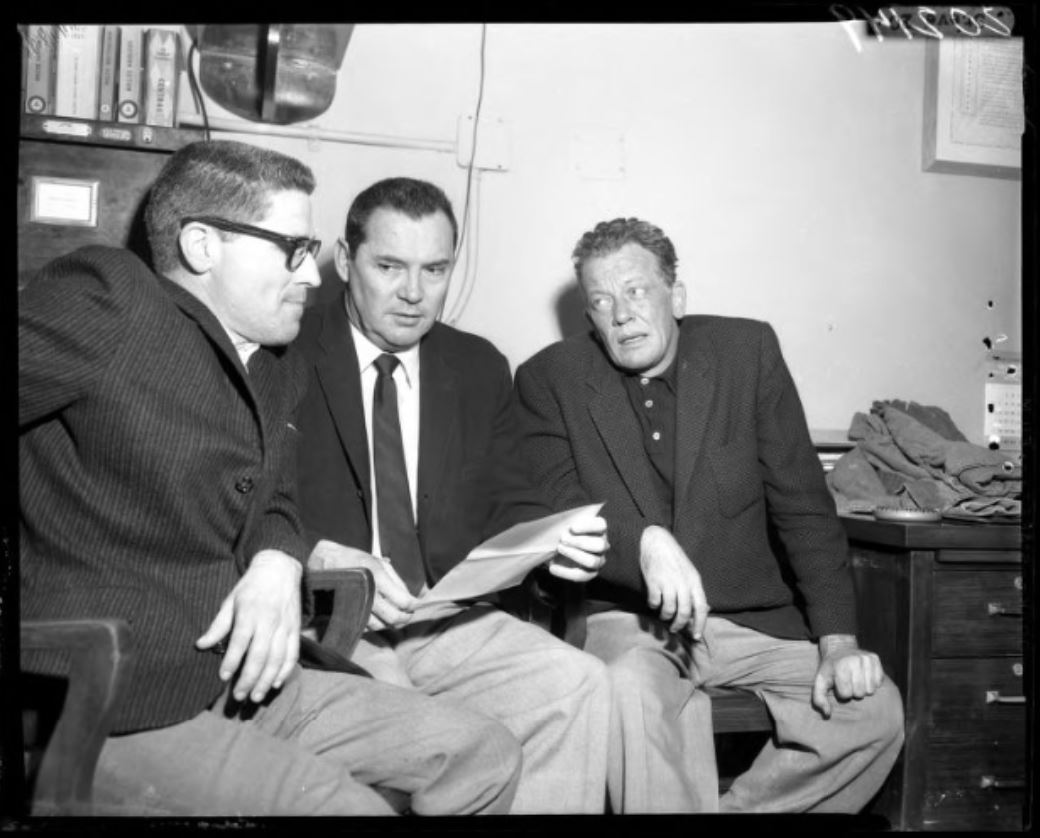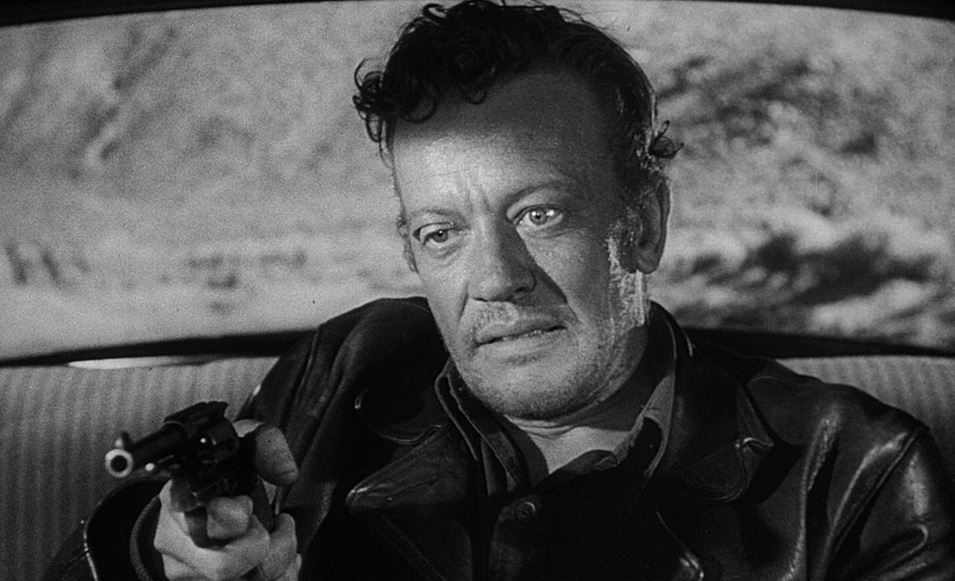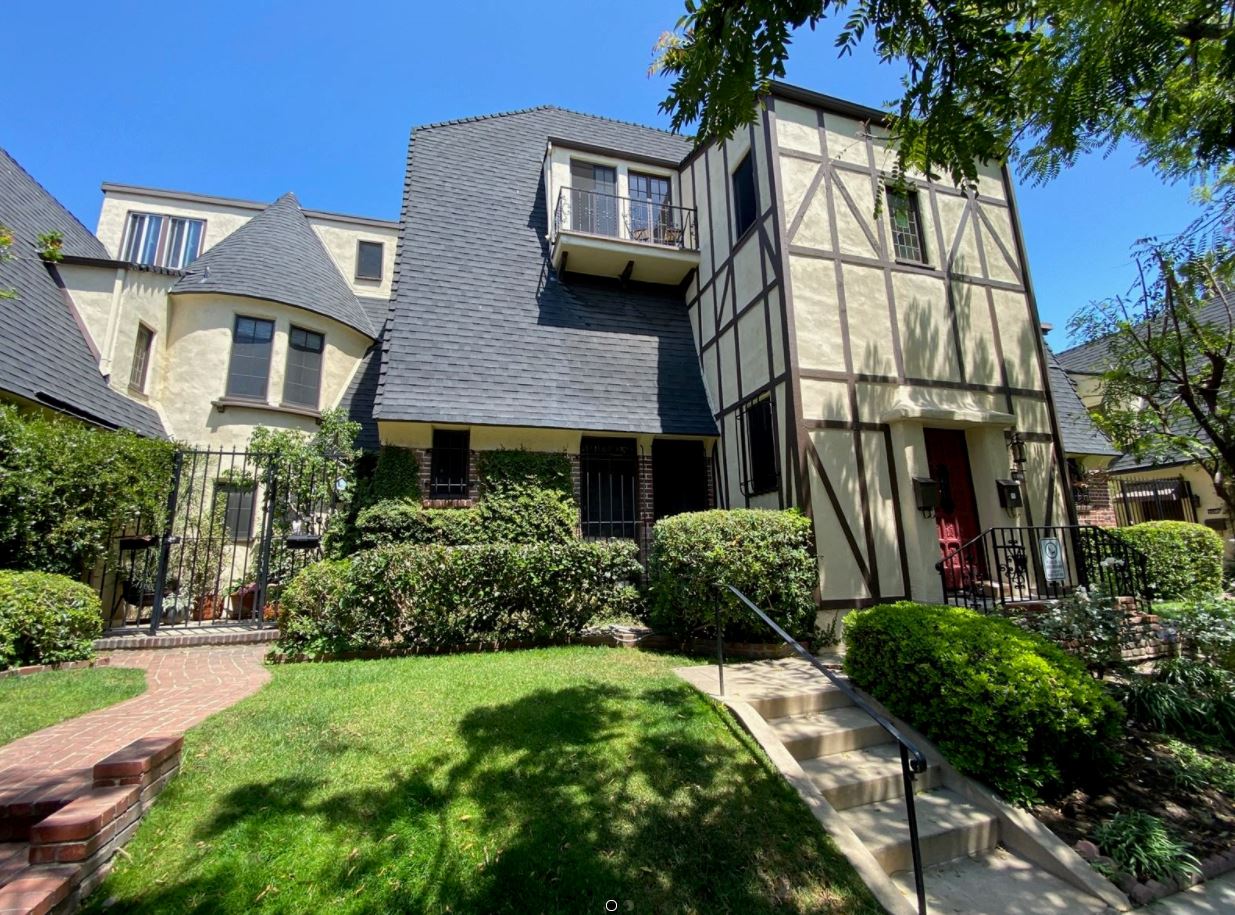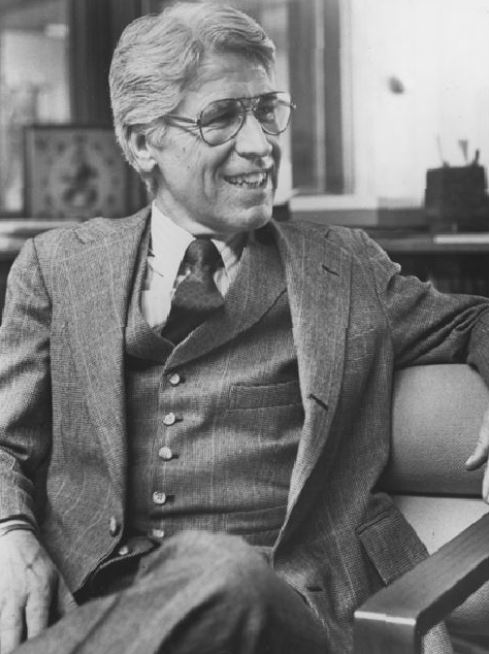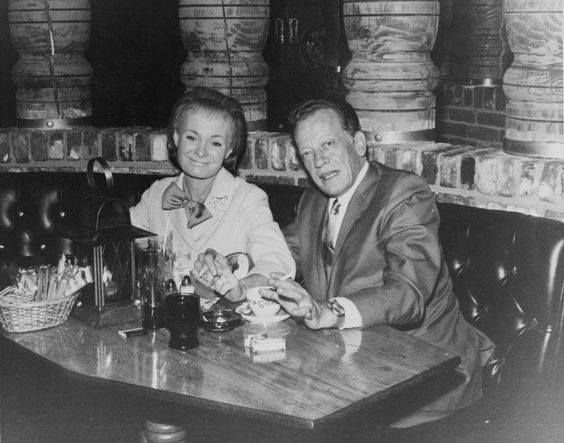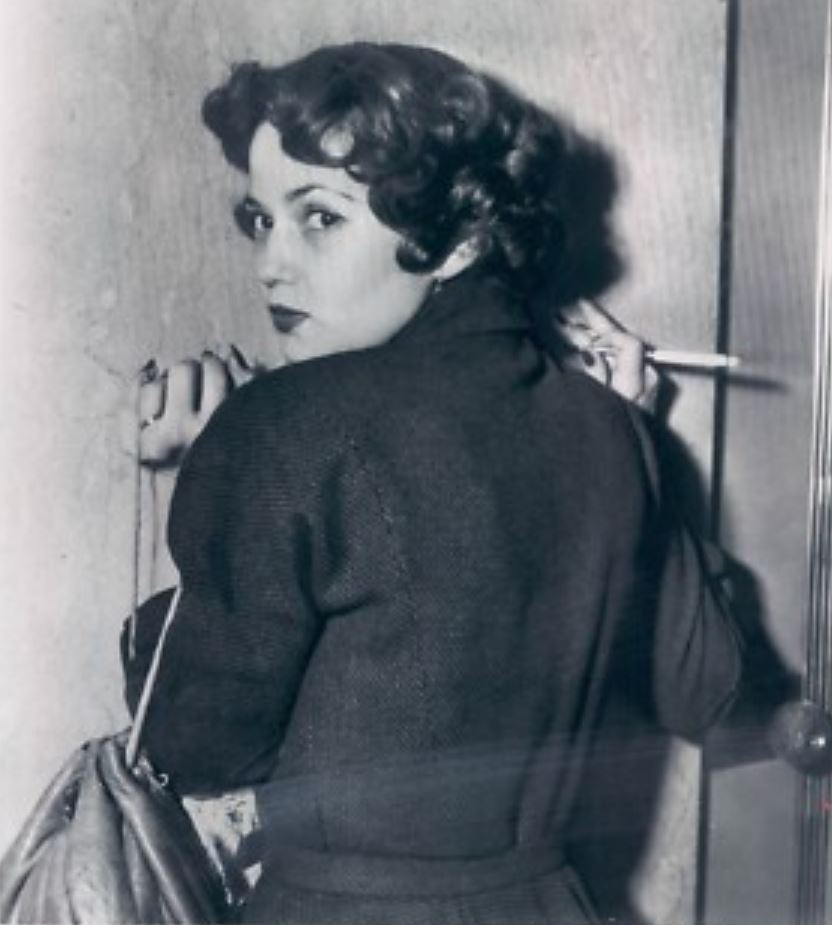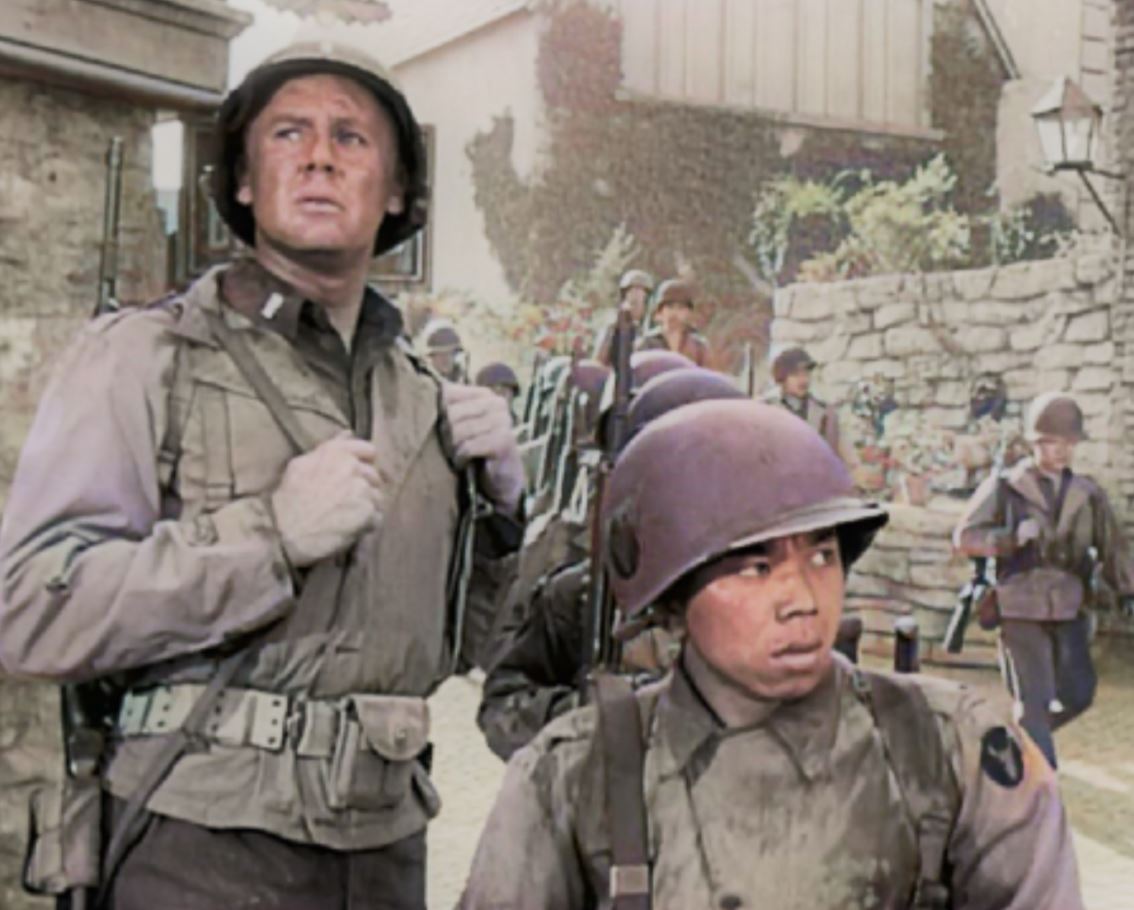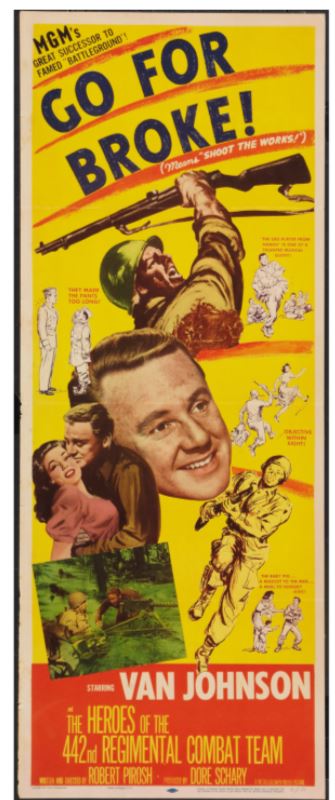Los Angeles.
It’s the 1950s. You’re on the front lines as a low-level gang associate of famed mobster Mickey Cohen.
Associate, enforcer, pal, friend, whatever. You’re called many things.
It’s not like a gangster movie.
It’s a mundane life. Some people call you a functionary like it’s an insult. But why? A functionary functions. A functionary gets things done.
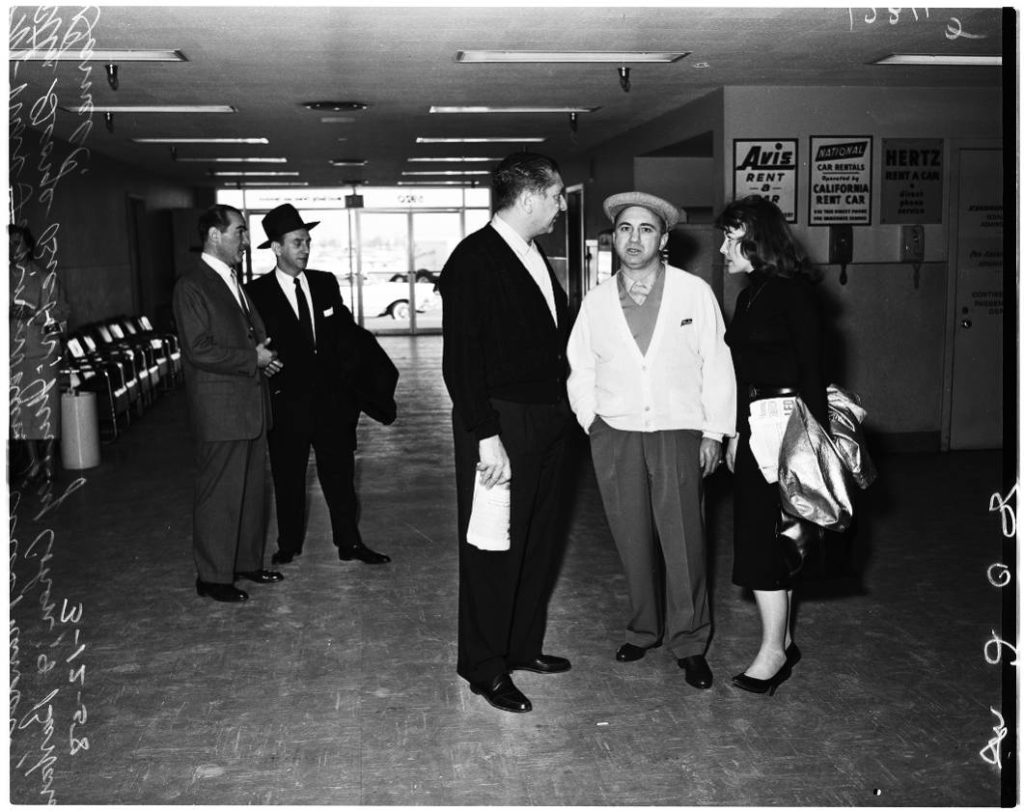
Your name is Max Tannenbaum
You do things like accompany your boss to Los Angeles International Airport in 1958 when he’s flying off to Mexico with Barbara Darnell.
You’re the one always off to the side.
You’re not there to help with the plane tickets, You’ve got to keep your hands free. One never knows what will happen.
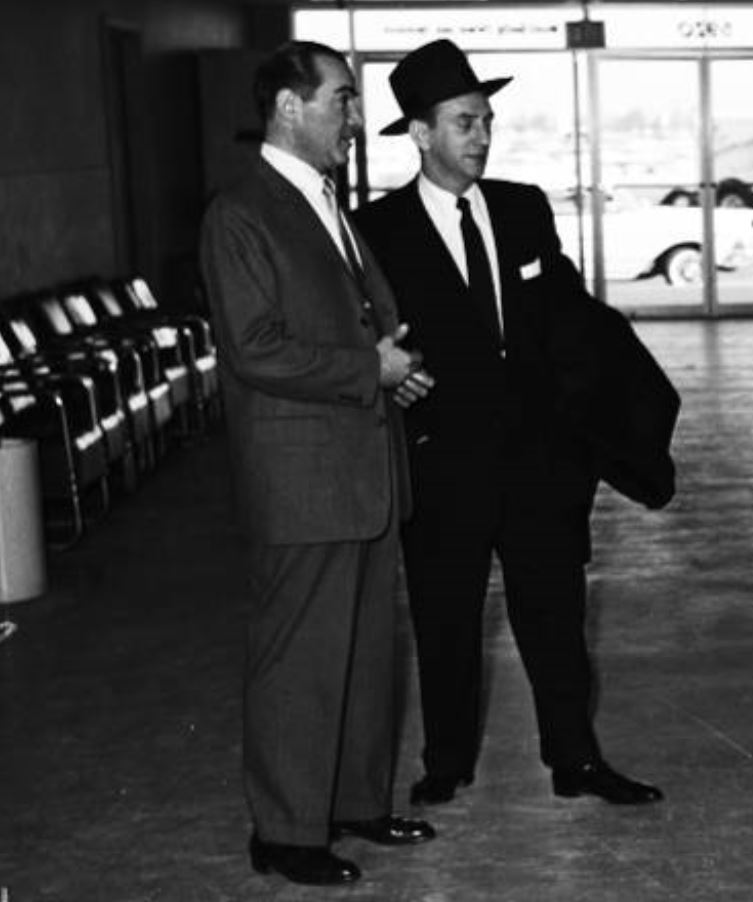
You don’t look like much, right off. You’re in your forties, heading fast into your fifties. Your hair is receding and your face isn’t exactly carved from granite, with its tucked-in chin, patrician nose, and expectant eyes.
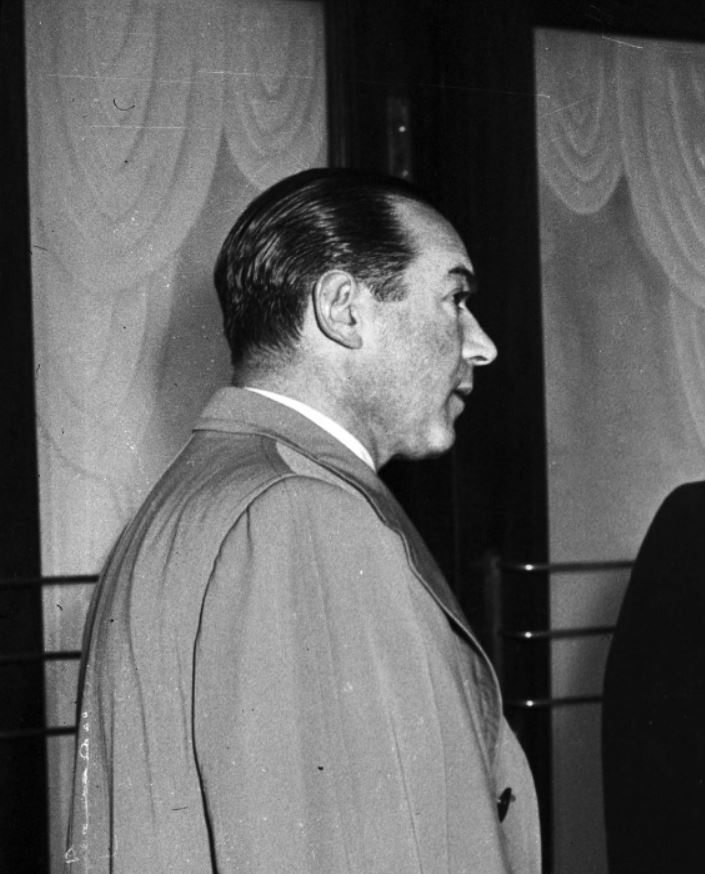
You could pass for a maitre d’ at a place with red velvet ropes. Type of place Mickey is always being photographed at his higher-level associates or with Miss Darnell.
Overall, you look nice. You look like a nice man. You could be an accountant or a VP in a small airplane parts company in El Segundo.
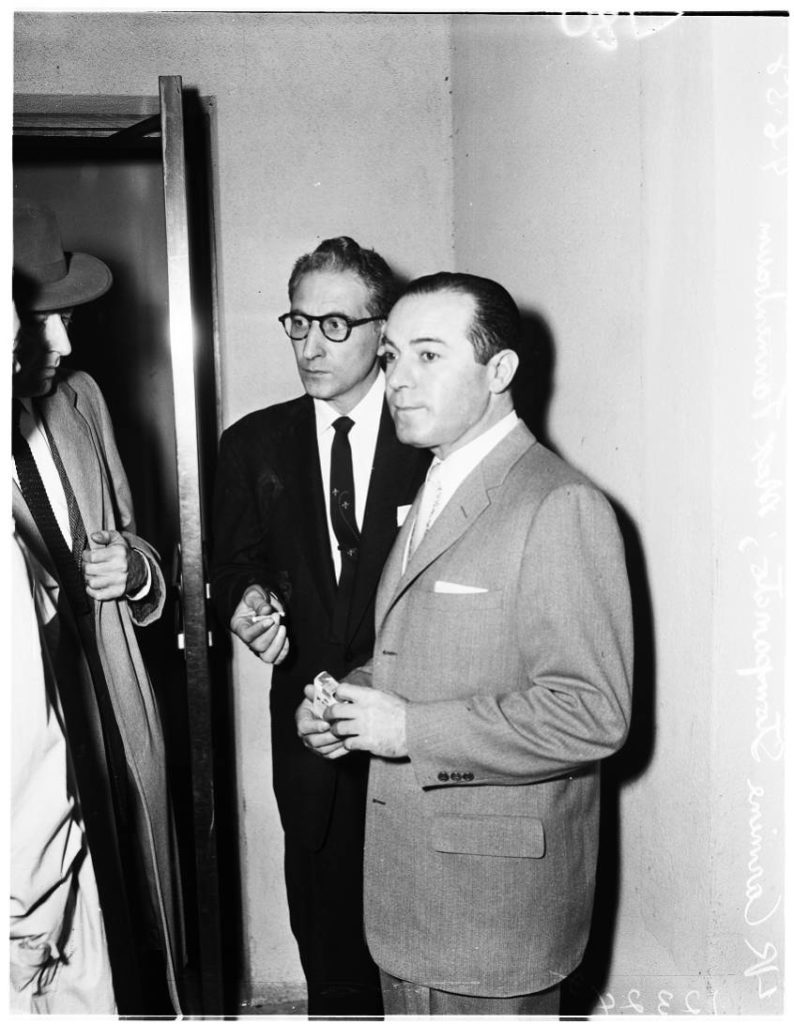
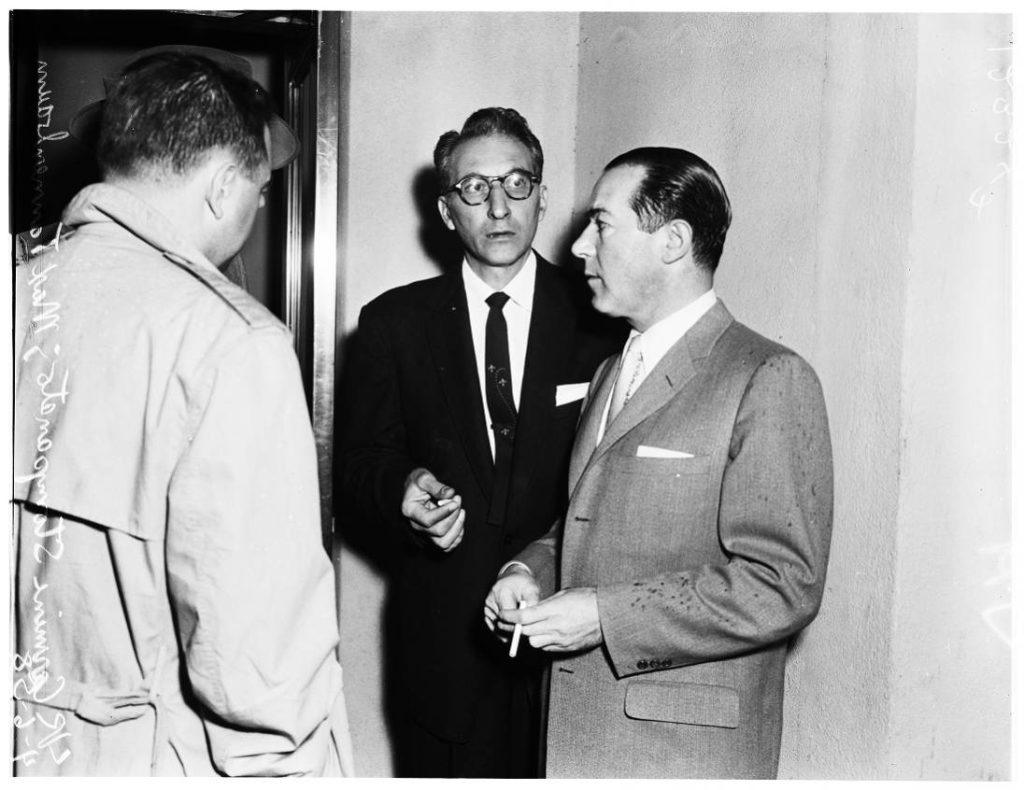
When another of Mickey Cohen’s enforcers, Johnny Stompanato, gets killed, you show up at the funeral and you do the right things–mainly stand off to the side–say the right things, which isn’t much.
You’re never one to hog the limelight. You’re always on the edges. Mostly you watch.
You live at 1267 N. Laurel
It’s in West Hollywood, just off of Fountain.
Laurel is a new apartment building, constructed in 1958. One-bedroom, woolen rugs, built-in amenities, heated pool go for $150, starting price. It’s a good size for a bachelor with a world of prospects.
Sure isn’t New York.
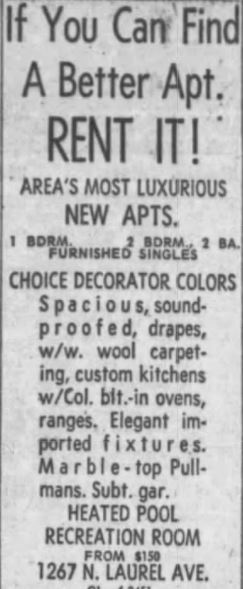
You like the pool. The pool to you is exotic. That pool is your bit of the tropics.
You have no idea that decades in the future 1267 N. Laurel will restyle itself as The Laurel and that West Hollywood will become WeHo–at least to a couple of people. What you paid $150 a month for will eventually cost $3,450 a month, studio only. $4,600 if you want one bed, one bath.

You mostly stay out of the way
Even though your job is to stay out of the way, you break the fourth wall once. It’s in 1958 when Stompanato is murdered.
Stompanato’s brother, Carmine, rushes out to L.A.
Mickey trusts you enough that he wants you there. It’s extremely high-profile, and the press is waiting for the plane in huge numbers.
You catch a picture of yourself next day in the papers. That’s Carmine and Mickey, arm in arm, and you’re frozen and staring at the paparazzi flashes.

Ultimately you’re just a petty criminal
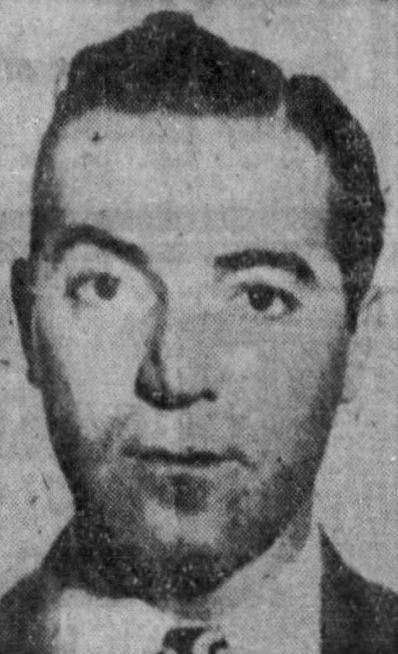
Sharp suit and snappy apartment aside, you’re a thug. You do bad things to people.
Mickey wouldn’t have brought you out here if you couldn’t do things.
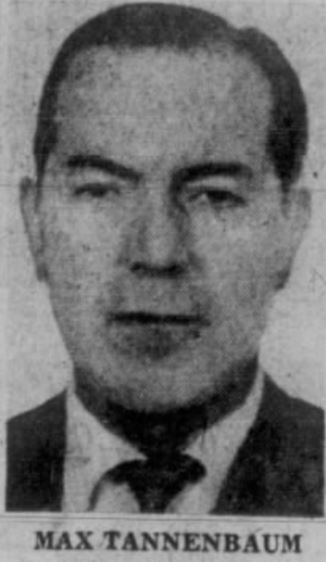
First arrest, 1929.
Sentenced in New York to 15 years for second-degree burglary charges, served four, then paroled.
You’re a cheap, petty burglar. You can’t get out of your own way. You got this opportunity with Mickey Cohen but you can’t stop from burglarizing apartments for costume jewelry.
You’re already on the rack for two burglaries at 345 S. Doheny Dr. when it happens. You get shot and it’s the beginning of the end.
“He won’t even admit he was shot,” said a frustrated detective

You go to a bar at 9114 W. Pico Blvd, West Hollywood. You step into your car in the alley in back and–
BOOM! Then another. BOOM!
Two shotgun blasts, one that catches you in the eye. Ambulance takes you to UCLA Medical Center.
At first, you admit nothing, you agree to nothing.
Police want to know who hit you. You’re such a stand-up guy, you won’t even admit that you’d been hit.
“Who shot you, Max?”
“Who’s shot?”
Police theorize that the assailant didn’t want you dead because why would he have used a shotgun?
Doctors plead with you to operate. Your eye is pulverized. You’ve got a pellet in your brain. You say no.
Finally, you agree. They remove your eye.
You’re on your own from here, scrouging a living by doing more burglaries. You’re a pro with the passkeys. And you’re an ace at past-post betting at Santa Anita.
But it’s not in you anymore, especially being exiled by Mickey.
In 1965, you’re picked up again for two burglaries in West Hollywood
A 53 year-old one-eyed burglar.
Eight years later, 1973, you die.
